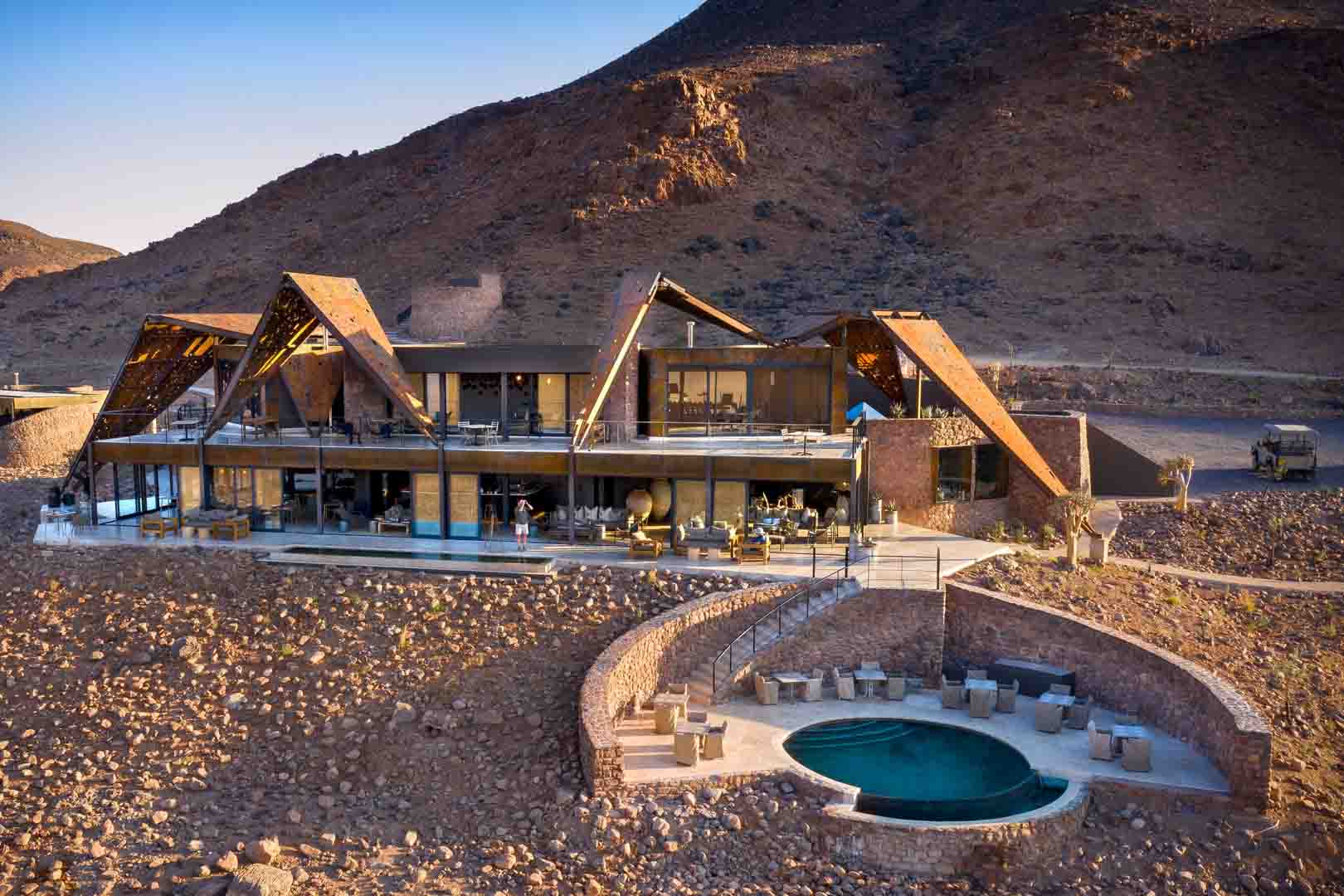What will I experience?
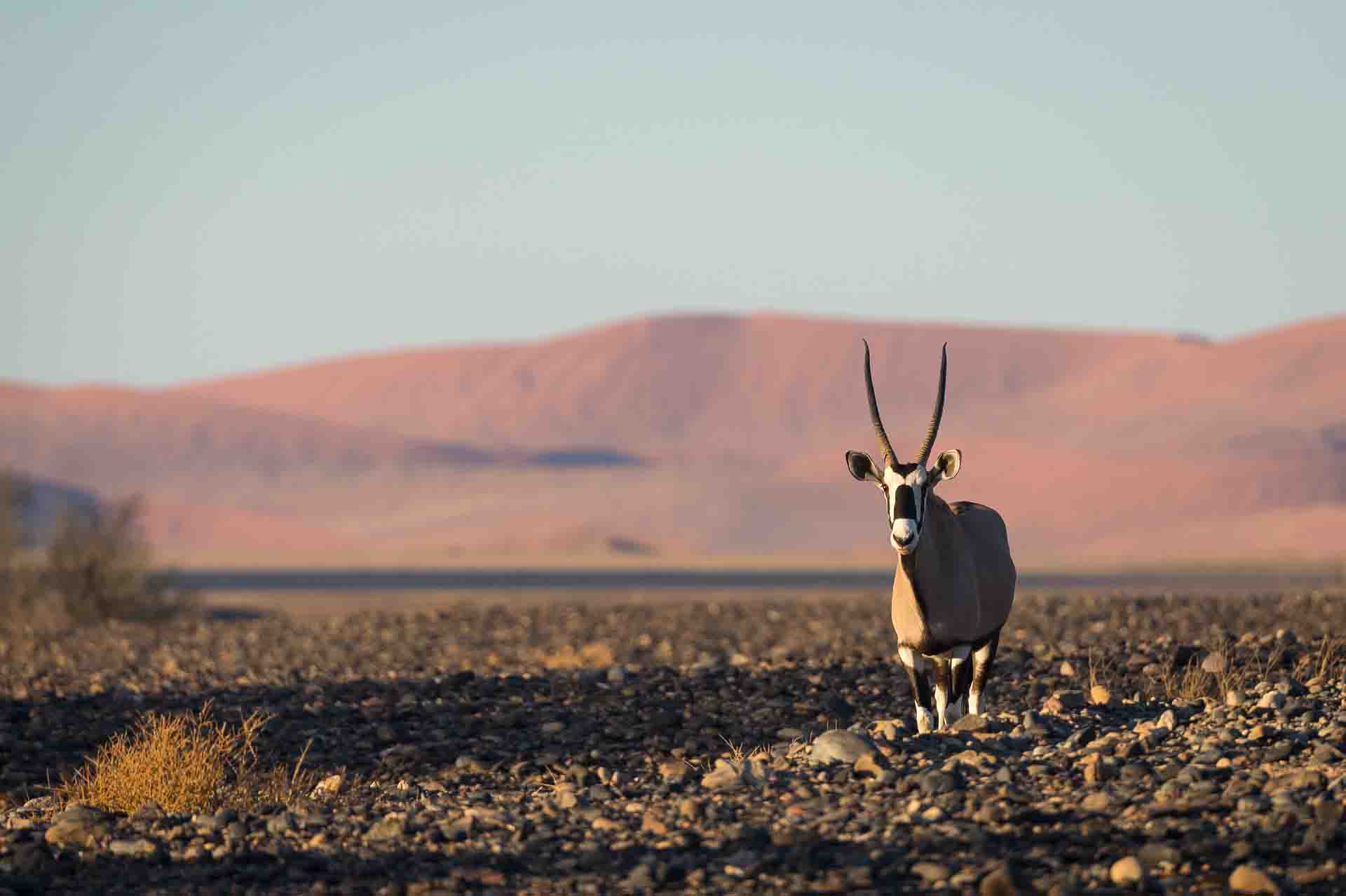
Rising early, before the sun has had a chance to break the enchantment of another cool desert night; you prepare your camera and head for the dunes. As the sun begins its slow ascent edging ever closer to peaking over the dunes, the light and shadows cast will captivate and thrill you.
The desert surrounds will begin to illuminate in fascinating and beautiful colours, changing moment by moment as the sun casts its rays across the vast landscape.
Watching on in wonder you will hope for the moment never to pass, but as the sun starts to beat down, you will look to evade its harsh rays without losing sight of your surrounds. This is a great opportunity to seek out some of the incredible activities that Sossusvlei has to offer.
Read More
For a splash of adrenalin, you can race across waves of orange and red sand on a quad bike. If it is a more tranquil adventure you seek, join a nature drive or walk, take in your surrounds and marvel at the incredible oryx and other antelope as they roam through the desert, their adaptation to living in these conditions is nothing short of amazing.
For air adventurers you will not be disappointed by the views offered from high in the crisp blue skies. Drift above the dunes in a hot air balloon for a once in a lifetime experience, or hop in a
helicopter for a chance to capture the transition from grassland to desert and towering dunes from a truly unique perspective.
End off your day with thirst quenching sundowners as you take in panoramic views of the sun casting its final rays for the day and fading amidst magical shadow patterns and gorgeous lighting for photos that will bring you joy and nostalgia for a lifetime.
Tell me more
Africa’s largest conservation area, the Namib-Naukluft National Park is home to Namibia’s best- known and arguably most spectacular attraction, Sossusvlei. This large white pan, made up of salt and clay is surrounded by some of the highest dunes in the world, with heights of up to 400 meters (1 312 feet). The area is a photographer’s delight with stunning morning and evening light which makes for wonderfully unique pictures.
Directly translated, Sossusvlei means dead-end marsh, it is here, 60 kilometres (37 miles) east of the Atlantic Ocean that the dunes meet and block the Tsauchab River from flowing any further. It is rare for the river to even make it this far, and due to dry conditions, the pan more often than not, remains dry all year round. It is nothing short of amazing to witness the variety of plant and animal life that have adapted to survive in the harsh and unforgiving conditions presented to them by the Namib Desert.
When the pan does flood due to heavy rainfall, it is a spectacle that draws visitors from all over the world. The lake created during this type of wet season can remain for as long as a year. It is famous for its stillness, allowing for beautiful photographs capturing reflections of the surrounding dunes to be taken.
When should I go?
The two best times to visit Sossusvlei are in autumn, from March to May and spring, from August to October. Day and night-time temperatures are milder and cool air brings with it clear skies which make for ideal photographic conditions.
If you can’t make it during those times, there is no need to be too concerned as Sossusvlei is considered to be an all-year destination. Seasonal changes in the Namib Desert are less dramatic than other parts of Southern Africa, and with rare rainfalls in the region the days are almost always clear and dry. This means that the wildlife, activities and captivating surroundings have a similar appeal throughout the year. This makes the decision on when to visit a little easier as you can fit it into your travel plans for surrounding regions that might be more weather dependent.
If Sossusvlei is the priority for your visit and there has been rainfall, then March and April are the best months to visit. The addition of rain transforms the region into a truly captivating range of browns and greens, rather than its usual palette of browns.
If you plan to visit in winter (May to August), you should be aware that evenings and nights can be cold, so warm gear should be included on your packing list if you plan to camp. It is also during these months that you might encounter unique pressure systems which cause powerful, hot winds carrying with it sand and dust. These wind storms can last a couple of days and are usually in the middle of winter, so if you only have a short time for your winter visit try to plan it early or late in the season.
Sossusvlei from October until November is characterised by extremely hot temperatures which can push 40 degrees Celsius (104 Fahrenheit) and may bring with them strong, gusty winds, however evenings are warm and pleasant. From December until February temperatures cool a little due to inland rains and you may experience afternoon winds, which calm into clear warm evenings.
Gallery
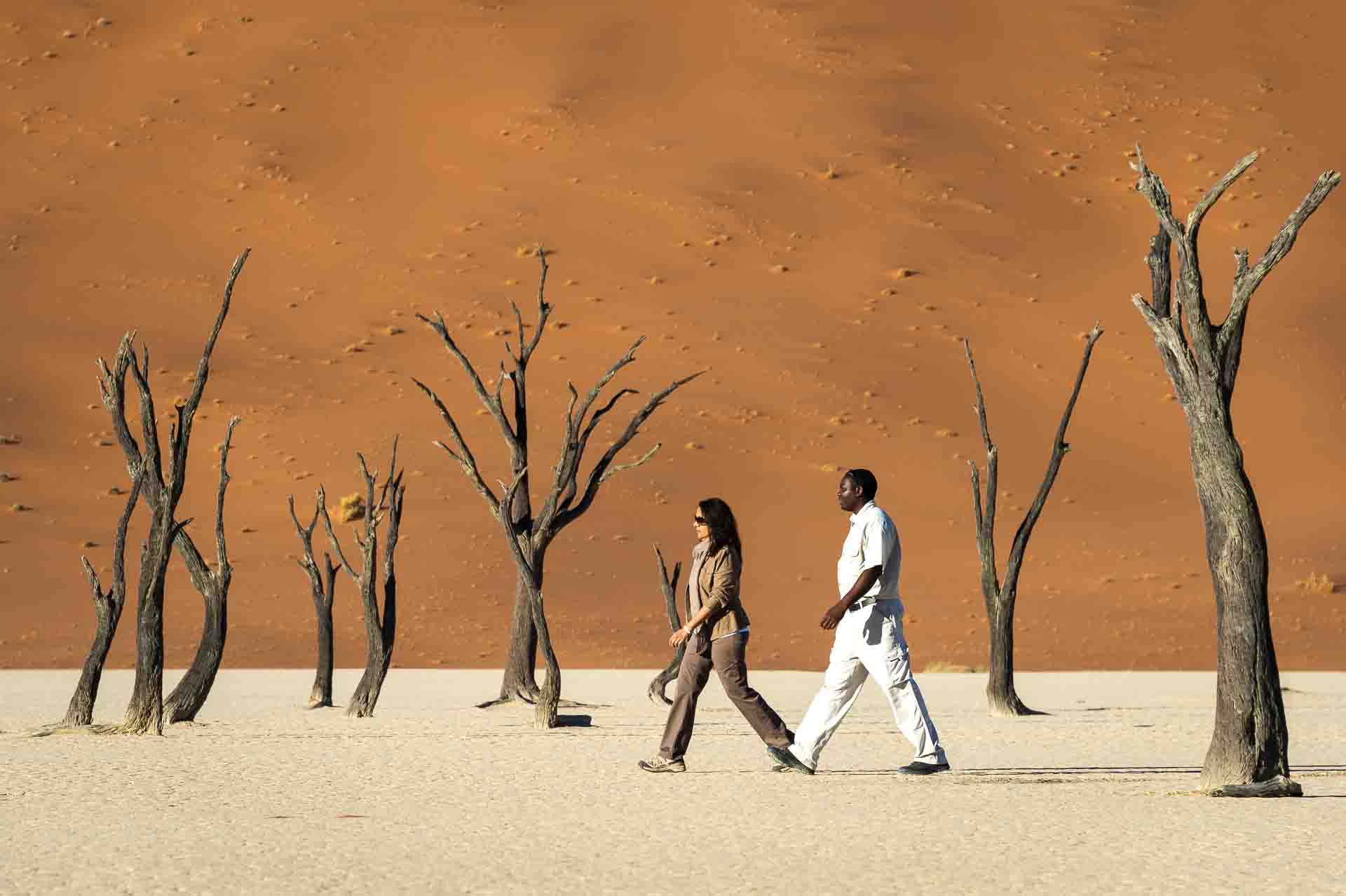
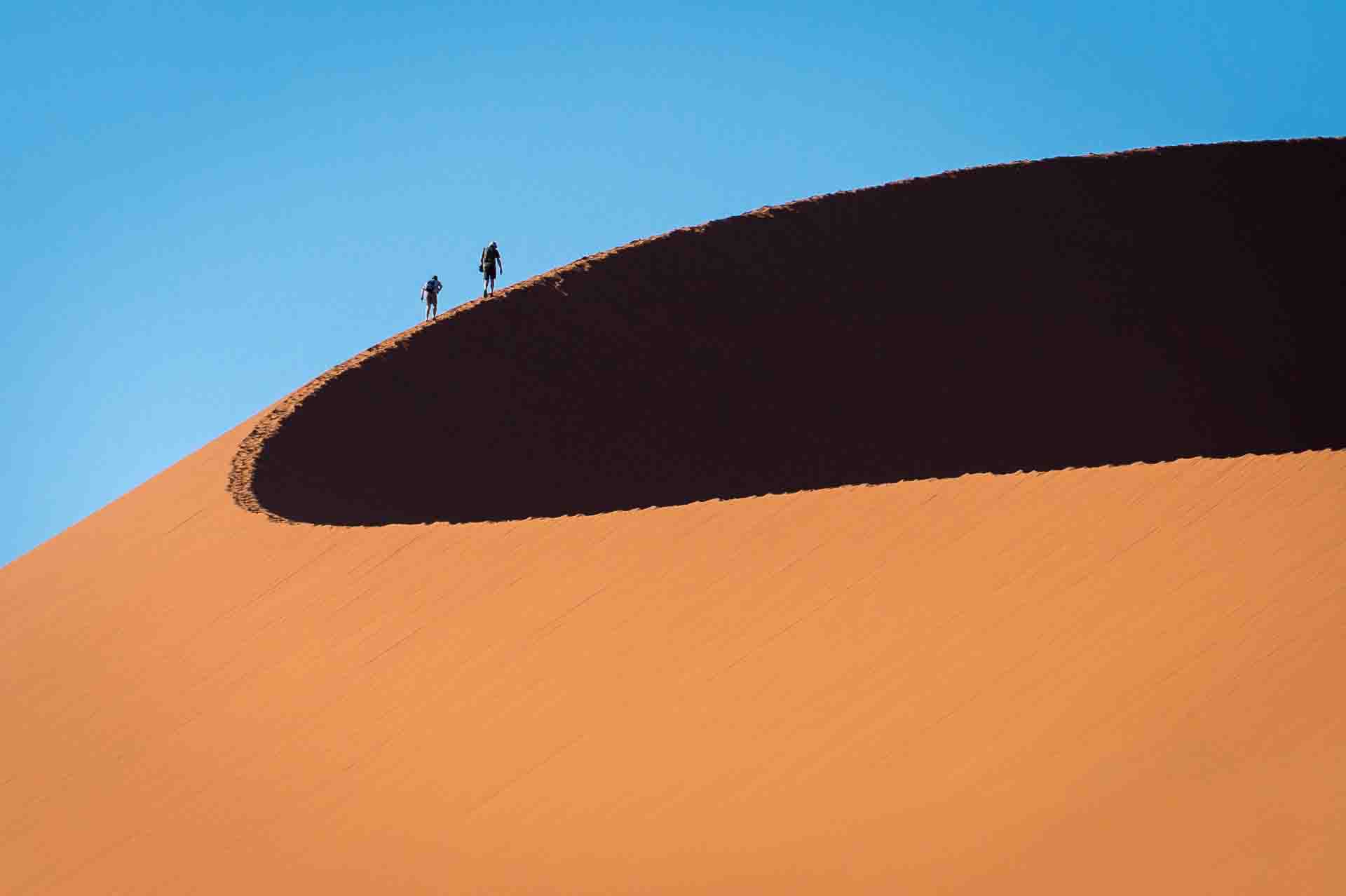
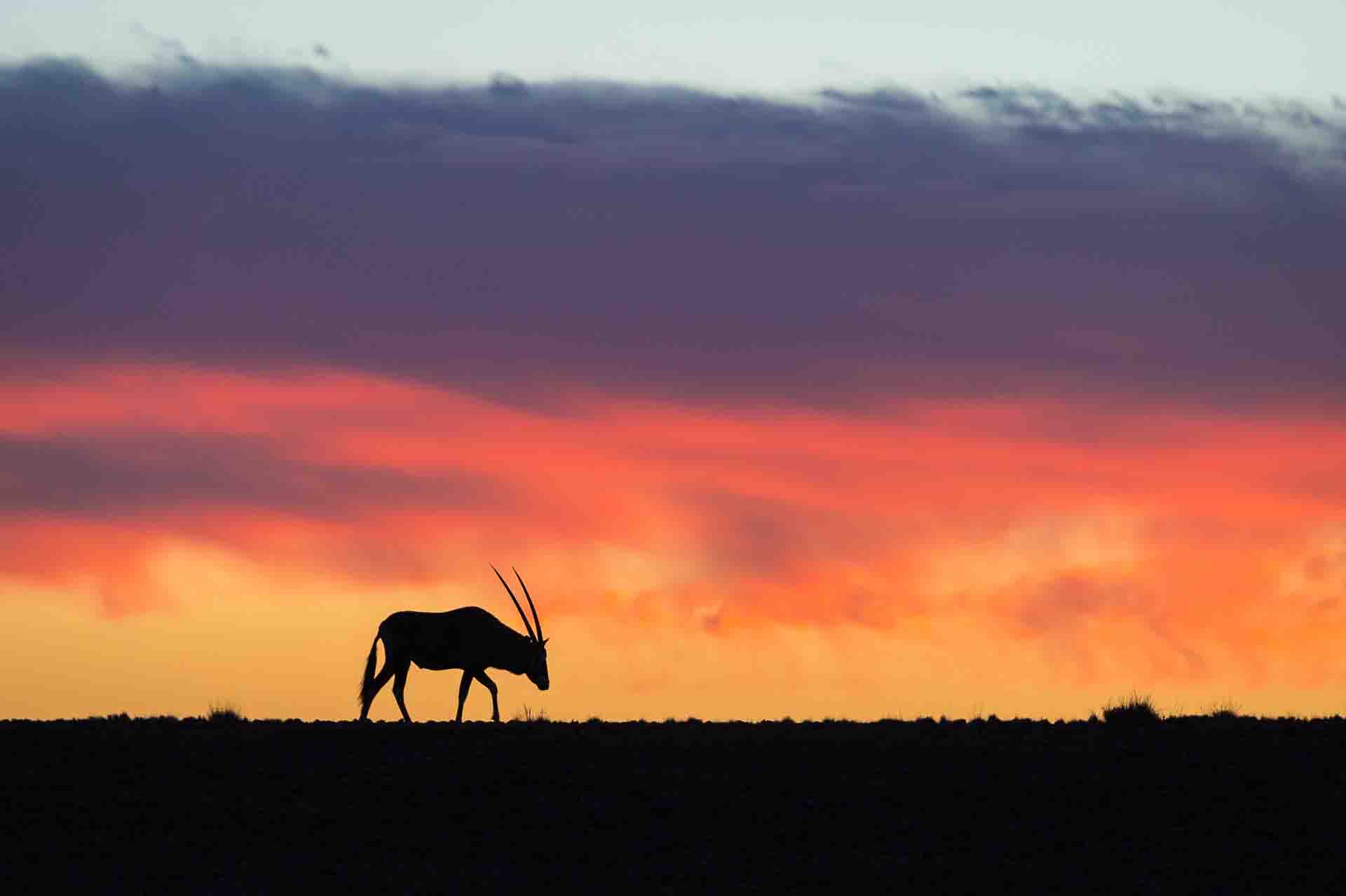
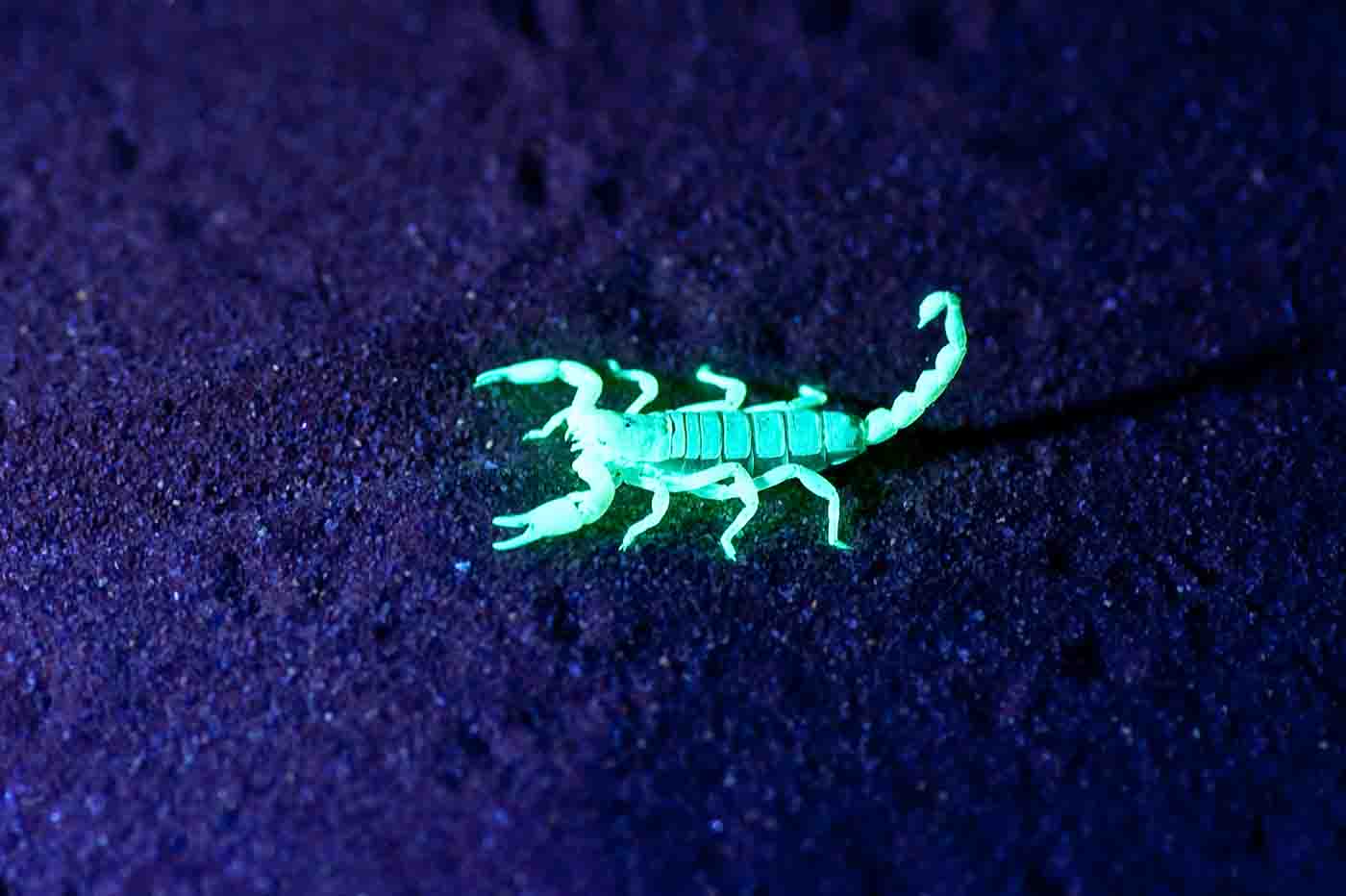
CAMPS
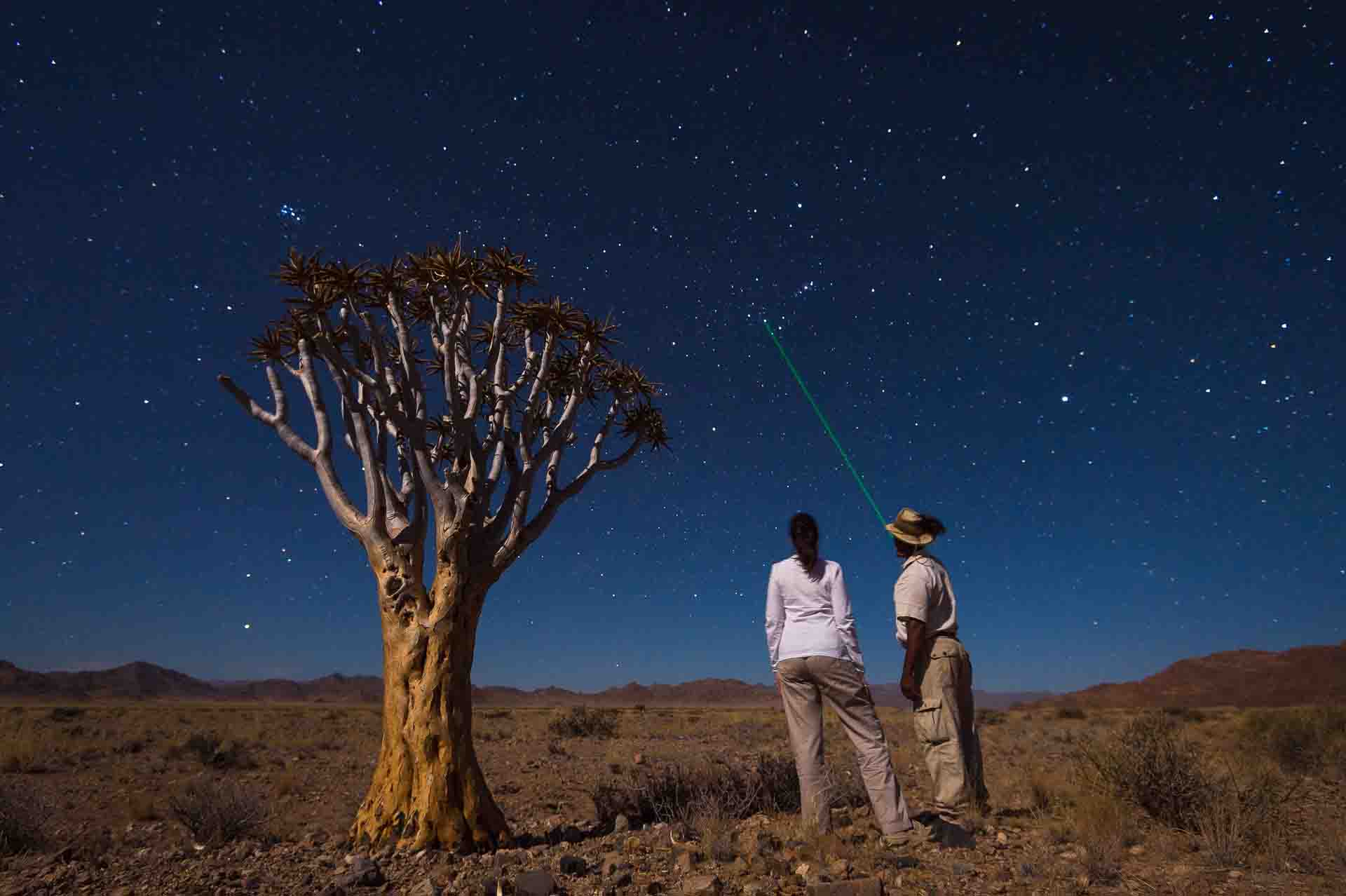
Little Kulala Camp
